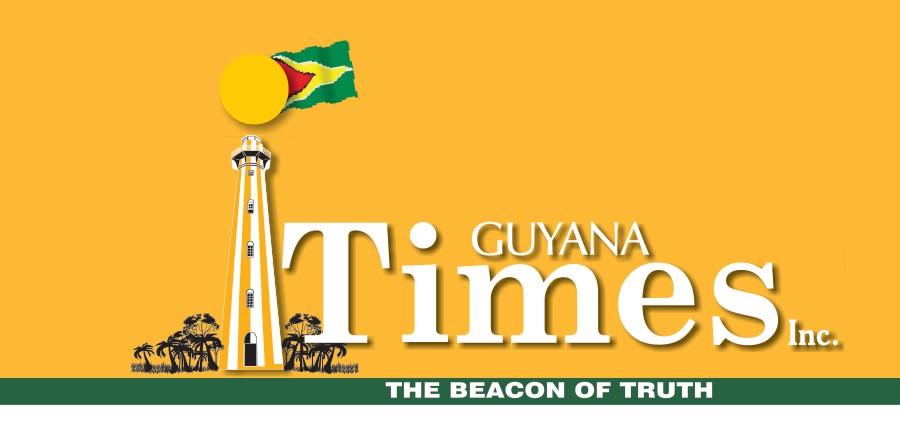The stand-off between the US and the Venezuelan regime of Nicolas Maduro continues to escalate since President Donald Trump and his Secretary of State declared last August that Maduro, as head of a “Cartel de los Soles” and “Tren de Aragua” gangs – both designated terrorist organisations by the US early this year – was shipping large quantities of drugs into the US and causing thousands of Americans’ deaths. This was tantamount to a declaration of war against the US and in response, the Trump administration produced a classified legal opinion that justifies lethal strikes against drug traffickers. The White House has sought to further justify its actions by notifying Congress that the United States is engaged in a “non-international armed conflict” with designated foreign terrorist organisations.
Since mid-August, the US deployed to the Caribbean at least eight warships, aircraft – including the most advanced F-35s and also vertical take-off Harrier Jets; an estimated 10,000 troops on amphibious ships and who can also be ferried to land by the Harriers – to deal with the drug smuggling. On Wednesday, two US B-52 bombers manoeuvred inside Venezuelan airspace, which precipitated vehement protests by Maduro. The military deployment followed a US $50 million bounty (increased from an earlier US$25Million) for Maduro’s capture over claims of links to the above-mentioned cartels.
In response, Maduro claims Pres Trump is actually seeking regime change to control Venezuela’s 300billion bls oil reserves. He has buttressed his security powers and activated his armed forces (FANB) that has some 150,000 regular combatants and 430,000 reservists. Its Air Force, one of the best equipped in the region with 79 units in total, has a line-up that includes 24 Russian Sukhoi fighters and 16 U.S.-made F-16s in addition to 23 Chinese-made Hongdu K-V units and 10 Embraer Tucano aircraft. The national defence system has a sophisticated M1-Tor anti-aircraft missile system; 53 attack helicopters; 250 combat vehicles, and about 180 tanks. The army has an inventory that includes 100,000 AK-Kalashnikov assault rifles that are already manufactured in the country which can be made available to the “millions of militia” Maduro has claimed to have mobilised to defend their neighbourhoods. Venezuelan armed forces have launched defence exercises and are deployed across the country to protect borders, airports, ports, and critical infrastructure and institutions.
During this tense build-up, Washington has rejected calls for “dialogue” and suspended all diplomatic contact with Caracas since October 2. Before that, Trump revealed that Maduro had made offers to gradually de-escalate the situation but this was rejected. Last week, Trump replied bluntly to a question from a reporter on the issue, “He’s offered everything; you’re right. You know why? Because he doesn’t want to fu*k around with the United States.”
He also revealed that he had approved CIA covert operations in Venezuela, without giving any details. Based on previous CIA deployments, however, this mean Trump would have authorised the “Special Activities Division” (SAD), of the CIA into action. Their role is to lead the covert military operations, behind enemy lines – which the President orders – and are usually supported by special forces units such as Navy Seals, and Delta Force. In this case there are several Marine platoons on board amphibious vessels in the US flotilla and Trump has reiterated that land strikes would follow.
To date, the flotilla has literally blown five boats out of the water for allegedly ferrying drugs to the US, killing 27 crewmen. The last target was a submersible vessel from which two survivors were captured. Legal and human rights experts, as well as Democratic representatives, have warned that these actions constitute extrajudicial killings and that the US must carry out formal interception and arrest procedures guaranteeing due process. The White House, responded by citing its legal position on “non-international armed conflict”.
Inevitably, Guyana, T&T and Grenada that are closest to Venezuela have been identified by both the US and Venezuela as “interested parties” and they have accepted this appellation – with the caveat that international norms be observed.
Discover more from Guyana Times
Subscribe to get the latest posts sent to your email.









